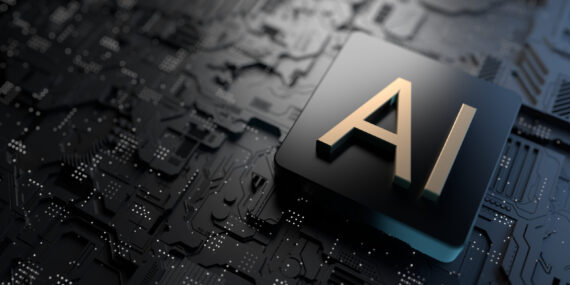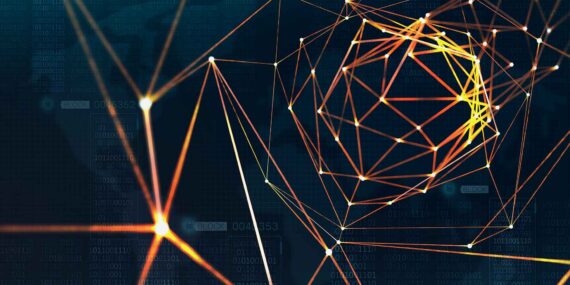AI is Not Magic
Artificial intelligence is often imagined in extremes — utopian dreams of salvation or dystopian fears of extinction. More realistically, AI should be viewed as a normal technology. AI will be transformative, like electricity or the internet. Still, it will unfold over decades, shaped by human institutions, policies, and societal adoption patterns, not by sudden leaps into autonomous superintelligence. AI is not miraculous and unpredictable. It is transformative and will impact many lives for many decades. AI will not create extreme utopian or apocalyptic visions. It will be part of a continuum of human technological advances, powerful and transformative but ultimately shaped by human choices, institutions, and values.
Focusing on resilience, gradual adaptation, institutional innovation, and evidence-based governance can help society maximize AI’s benefits while managing its genuine risks. The future of AI will not be determined by the technology alone. We will determine it.










